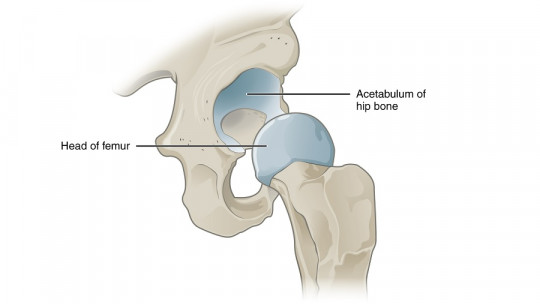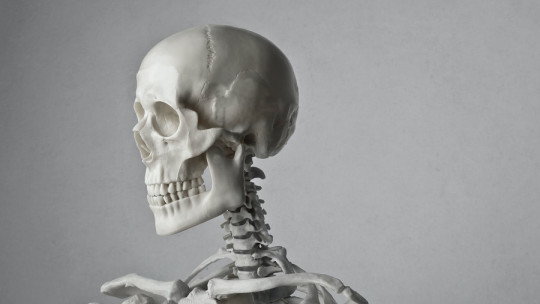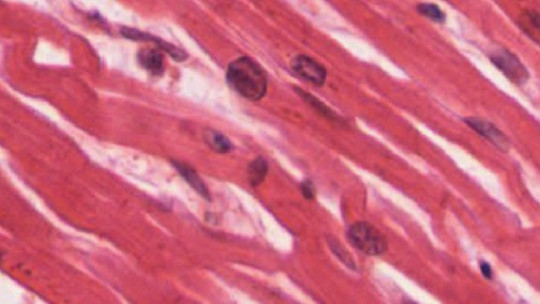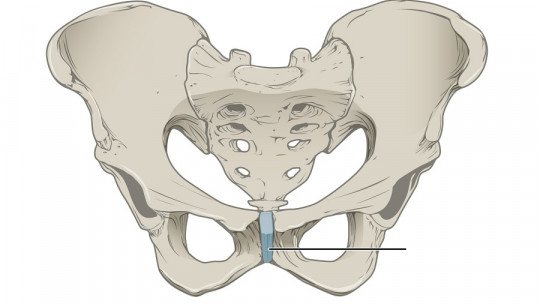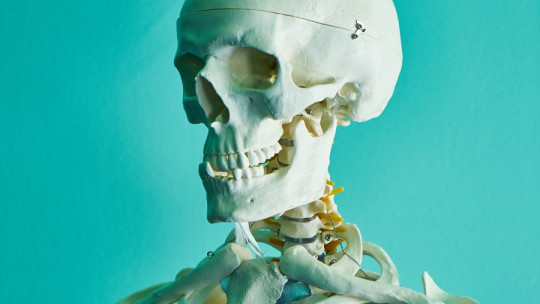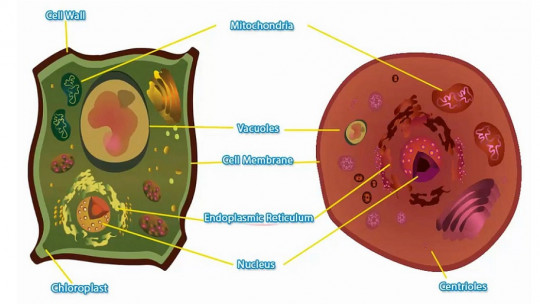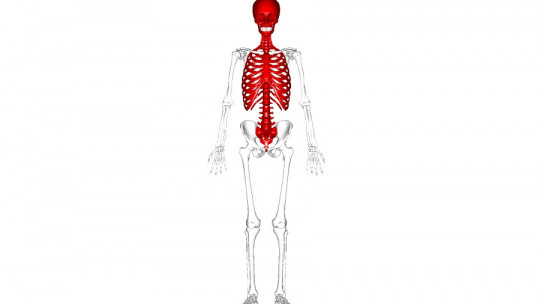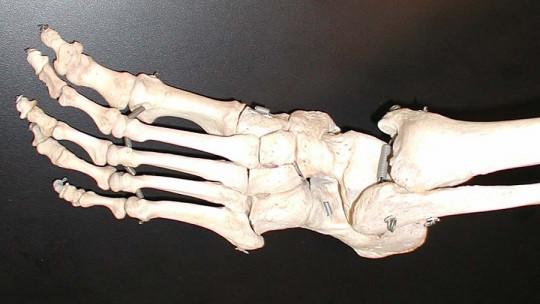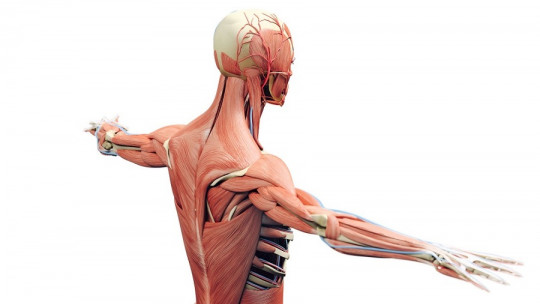
Living beings move through the three-dimensional environment thanks to specialized anatomical formations, whether they are basic structures (such as cilia and flagella) or the extremities of vertebrates, made up of a system of bones, tendons, joints and muscles that have nothing to envy the most intricate work of engineering.
Normally, with multicellularity comes complexity. A bacteria and a protozoan can move by means of body twists, cilia, flagella or, simply, a more than valid option is to let themselves be carried by the current. When a body is made up of more than one cell, tissue organization occurs and, with it, greater morphological complexity. With anatomical complication, an effective system is usually necessary to move the entire cellular conglomerate.
Therefore, separating the human condition from the movement is completely impossible. If we did not move as we please and respond to external stimuli, it would be unthinkable to call ourselves “human,” not at least with the current meanings of the term. Largely, We owe this evolutionary path to our musculoskeletal system, which allows us to navigate the harsh three-dimensional landscape that is the Earth. Do you want to know everything about him? Keep reading.
What is the musculoskeletal system?
The musculoskeletal system, as its name indicates, It encompasses the set of organs that allow us to move in space This includes the osteoarticular system (bones, joints and ligaments) and the muscular system (muscles and tendons).
The bones form the human skeleton, and the muscles are inserted into them through tendons, thus allowing the movement of the joints and the maintenance of body posture (despite the force of gravity).
In summary, we can define the functionality of the musculoskeletal system in the following points, based on the types of tissue that make it up:
Approximately 70% of the daily energy ingested by an adult individual (approximately 1,500-1,700 kilocalories) is allocated to basic and intrinsic tasks of the human being, such as filtering blood in the kidneys, thinking, breathing or keeping the heart functioning. For example. This value is known as Basal Metabolic Rate (BMR), and refers to the energy that a living being requires to survive at rest.
Total energy expenditure (about 2,500 kilocalories per day) defines, in turn, the amount of energy that we must allocate to exercise (20%) and thermogenesis, or in other words, heat production (10%). . This 20-30% of total energy is what our musculoskeletal system uses while we exercise or physically exert ourselves in the workplace, for example.
The parts of the musculoskeletal system
Next, we briefly tell you about some of the most interesting peculiarities of the musculoskeletal system. Do not miss it.
1. Skeletal system
The skeletal system (or simply skeleton) refers to the biological system that It provides living beings with support, support and protection of soft tissues, among other things. While humans and other vertebrates have an internalized skeleton made up of bones and joints, arthropods have opted for an exoskeleton composed of chitin, which protects them from the elements and allows them to breathe.
The human skeleton, due to its complexity and functionality, is divided into 2 parts: axial and appendicular skeleton. The first makes up the axis of our body plan, that is, the skull, the spine and the rib cage, a total of 80 bones. The rest are those that give shape to our limbs and allow us locomotion, a total of 126 bones which, together with the axial ones, add up to 206 bone structures in the human body.
Bones are hard, resistant and permanent structures that serve as a support point for the musculoskeletal system. 98% of bones are extracellular matrix (mainly formed by hydroxyapatite and collagen) and only the remaining 2% are cells that create, repair and reabsorb the minerals stored here.
Beyond mechanical support, bones are essential places for life, since all the cell bodies that circulate in the blood are formed here (red and white blood cells, thanks to the bone marrow) and, in addition, it is the most important reserve of calcium throughout the body. For example, did you know that approximately we house 1.2 kilos of pure calcium inside us? 99% of it is in the bones, while the remaining 1% is found performing its functions in blood and tissues, mostly muscle.

2. Muscular system
The muscular system includes the set of muscles that can be voluntarily controlled by living beings. In general, The consensus has been reached that we have more than 600 muscles in this system but the figure increases if a more general meaning of the term is covered.
For example, the cardiac muscles are involuntary and, therefore, would not be part of the muscular or locomotor system. The same would happen with the muscular structures that cover the viscera and enable peristaltic movements, since we do not control them at will. Thus, this device only includes the striated muscles, which are influenced by electrical stimuli from the nervous system to carry out a specific action that the brain has ordered.
For this reason, the muscular system itself is formed by skeletal muscles, those that are inserted on the bones and are made up of striated tissue. According to its shape, The musculature of the musculoskeletal system can be divided into the following points:
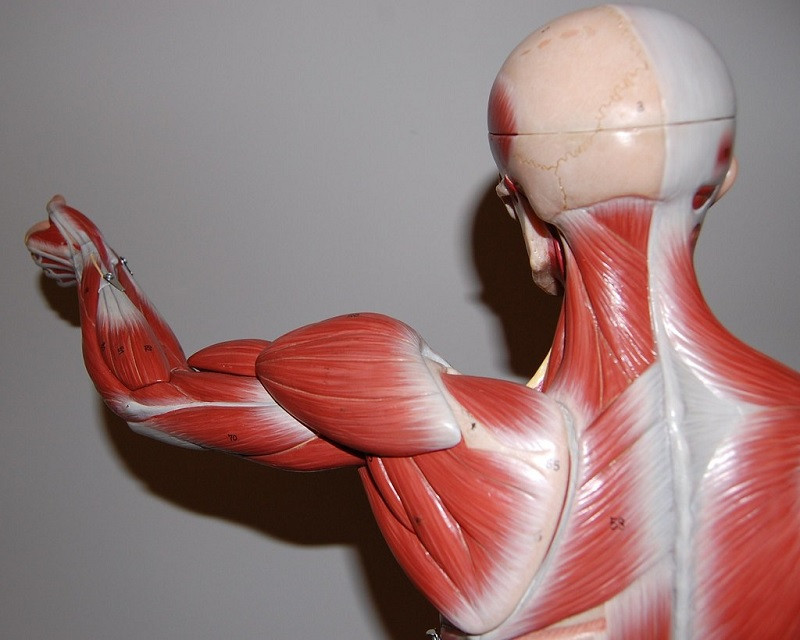
3. Joints
The joints They are structures that connect 2 or more bones through a tissue, more or less soft, which allows the rigid skeleton to adopt certain postures. It is really part of the skeletal system itself, but the joints deserve a separate distinction due to their characteristic functionality.
Joints are made up of different parts, including cartilage, synovial membrane, ligaments, tendons, bursae, synovial fluid and other associated structures. Furthermore, depending on the type of movement they allow, they are characterized in one typology or another (synarthrosis, ellipsoidal, hinge and many more). It is striking to know that There are joints that cannot move, such as synarthroses which are found between flat bones like those of the skull.
We do not intend to overcomplicate things, but it is enough to know that the world of joints is just as complex and varied as that of skeletal muscles and bones. Thanks to them, we can adopt different postures in the three-dimensional environment, such as flexion, extension, adduction and many others.
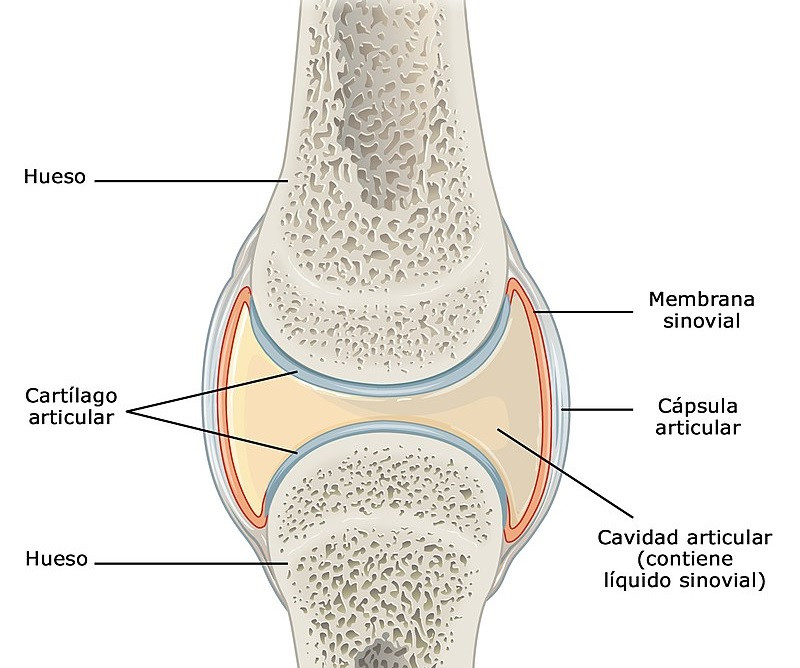
Summary
As you may have seen, there is a lot that can be said about the musculoskeletal system, almost enough to fill an entire bookshelf. Each bone, each muscle and each joint has its own physical structure, shape, functionality and relationship with the rest of human structures. It is not said lightly that the human body is the pinnacle of biomechanics because the more we know about him, the more he fascinates us.
In summary, the skeletal system is what provides us with support, mechanical protection, shape as a species, the possibility of synthesizing circulating cells and, in addition, acts as a store of calcium and other compounds. On the other hand, the muscular system includes the skeletal muscles, those that, with their contraction, operate the bones as a lever and create conscious movements. Lastly we have the joints, which serve as glue between bone structures and enable movement between rigid components.

